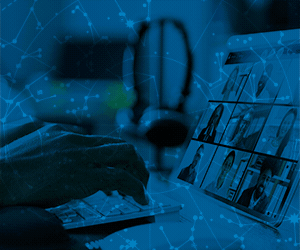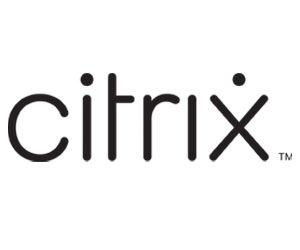Network Modernization Tips for Higher Education
As they look to realize the environmental benefits of remote work, institutions need to “build infrastructure to support the needs of programs that are not fully onsite,” Robert says. That will likely include upgrading and modernizing networks, where a number of best practices apply.
First, make it a team effort. At Binghamton, this means having “a very strong, transparent partnership with our IT leadership and staff,” Nieman says. Close coordination will ensure the network solutions adopted by IT meet the actual needs of those working off campus.
It helps, too, to take a deep dive into usage requirements, as schools look to build out stronger and more capable network solutions.
To support “the increased load from videoconferencing, cloud computing and other online activities,” universities should be “prioritizing bandwidth and security, and investing in high-speed internet connections and robust cybersecurity measures,” Prigge says.
To that end, Prigge adds that universities “could conduct a comprehensive needs assessment to evaluate existing infrastructure, identify gaps and explore scalable solutions to grow with their needs. Partnerships with tech providers who understand the educational landscape can also be invaluable.”
It’s important, too, to consider the end-user experience in the midst of a network upgrade.
“IT departments must be thoughtful about issues like timing out of these services and having to log back in using two-factor authentication,” Alexander says.
“Providing continuous access for up to 24 hours after two-factor authentication can help users avoid having to repeat this process throughout the day,” he adds.
Remote workers may need to access file-sharing services, teleconferencing software and library resources, such as research databases, electronic journals and interlibrary loans. “These services allow for continuous access, and once authenticated, faculty can focus their time on the work of the university,” Alexander said.
RELATED: University libraries evolve to support future needs.
How Citrix Can Help with Sustainable Network Modernization
For a remote workforce to be effective, schools need reliable, continuous and secure networks. Citrix solutions help make that possible, ensuring remote employees have real-time access to the files, software and technology they need to be productive.
If schools rely on point solutions to support videoconferencing, content collaboration platforms and virtualization, there’s a risk that technology sprawl will overload IT and detract from the remote work experience. It makes sense instead to build out a secure digital-workspace experience, one that pulls together all the needed tools.
From Desktop as a Service to secure access and application delivery, Citrix provides a full range of solutions that empower organizations to support a remote workforce and secure the potential sustainability gains inherent there.
Brought to you by:













